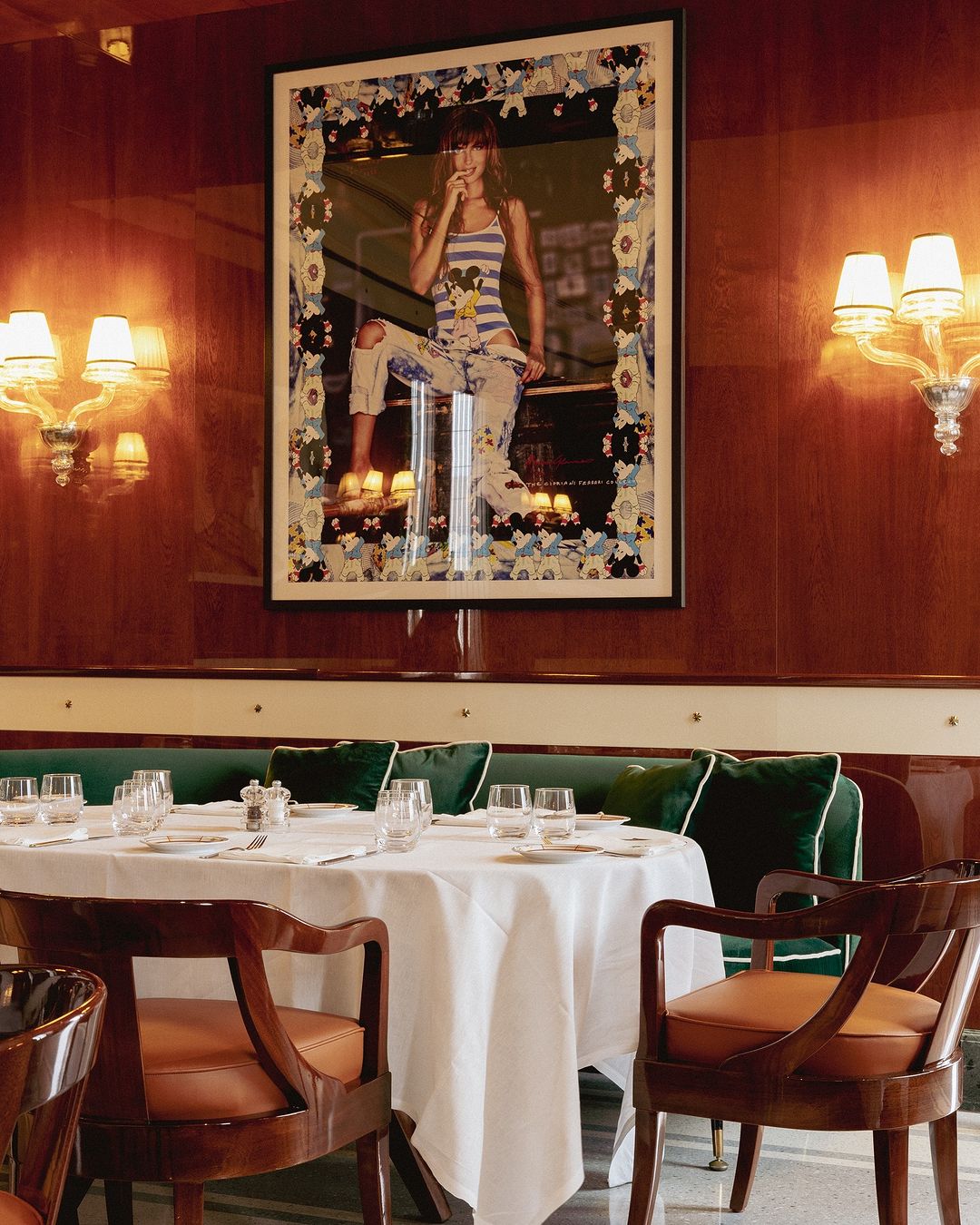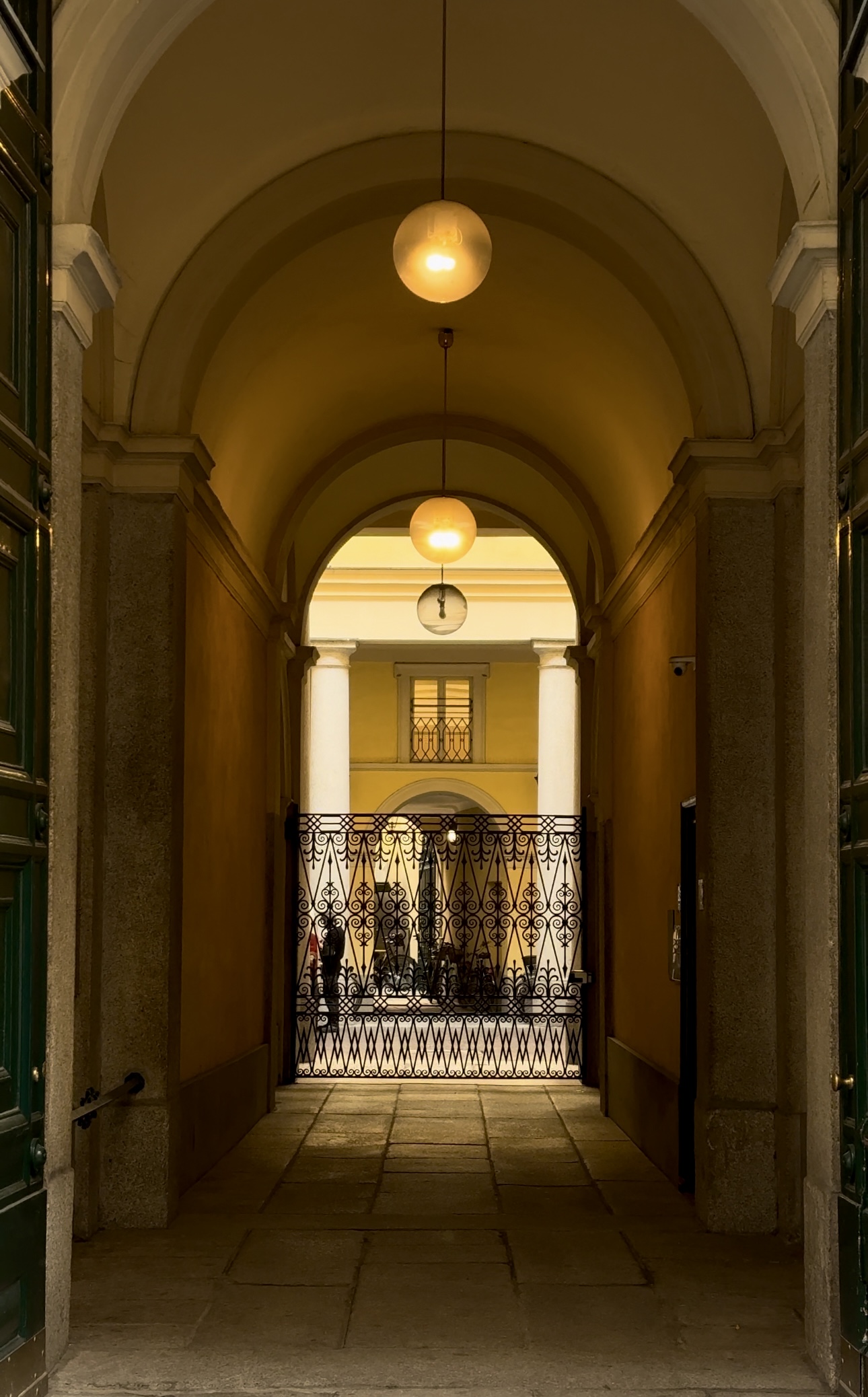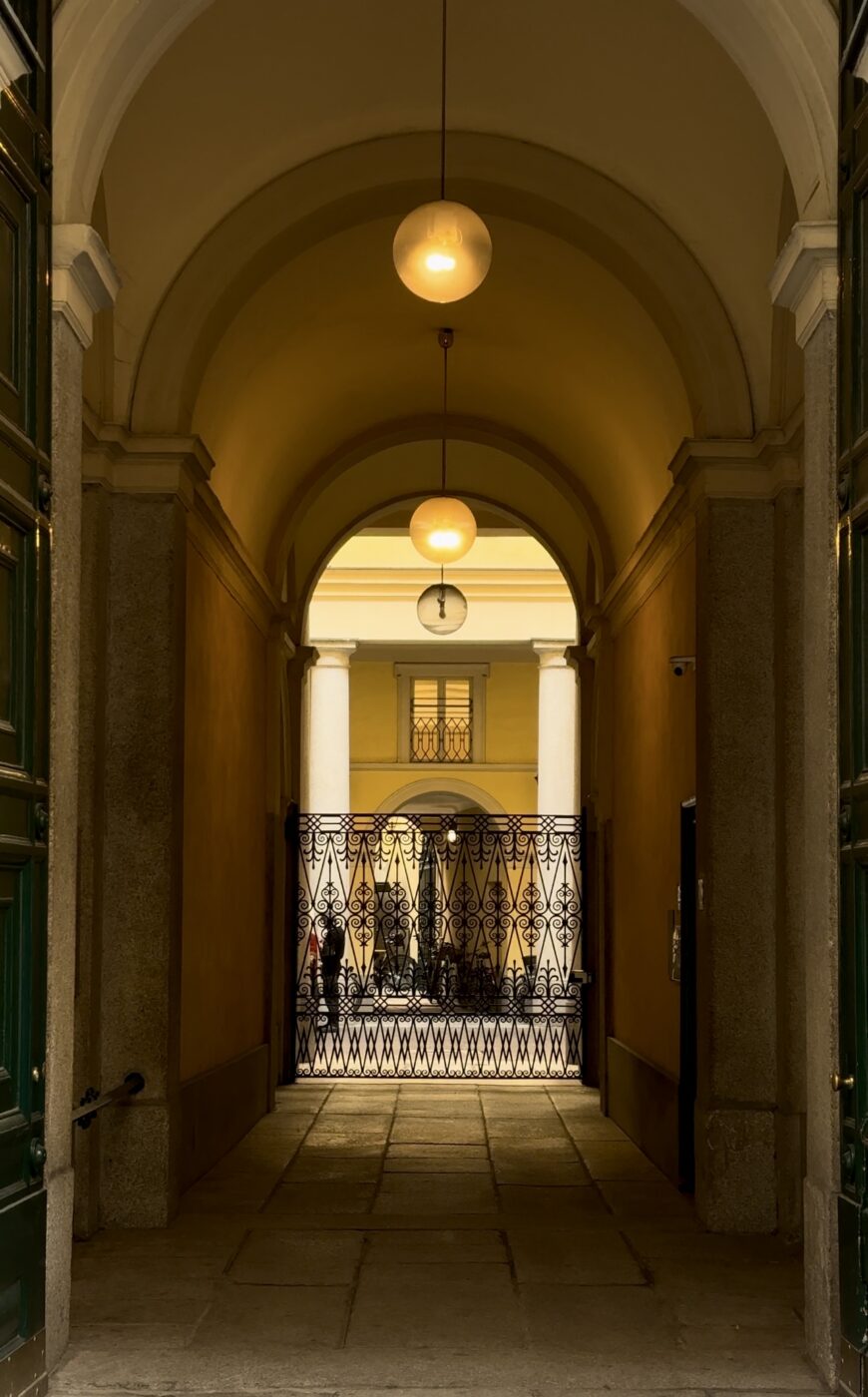Cold, gray, and industrial, a city where its only praise has long been that the “sea, countryside, and mountains are no more than an hour and a half by car.” Milan might not be comparable to other Italian heavy-hitters in regards to their innate beauty, 17th-century architecture, and unparalleled art, yet the Lombard capital affirms itself on the national cultural scene quietly but assertively.
It’s not just the world-renowned museums and the likes of modernist masters Piero Bottoni, Luigi Caccia Dominioni, Vico Magistretti, and Piero Portaluppi that give Milan its cultural currency, but the recent wave of reimagination. Reinvention isn’t exactly new to the Milanese, who historically rebranded by changing their name from “Mediolanum”–a Latinized Celtic word for “in the middle of the plain”–to “Milan”–inspired by the English word for “fine wares”–and the city has quite a track record of literally destroying the “old” for the sake of progress. But today, what’s stirring within the city are emerging conversations between the past and the present, as creative spaces are being repurposed from historic Milanese buildings, whether private homes, abandoned factories, or empty warehouses. Each reveals the different personal stories that make up the city’s intricate identity–one that stubbornly, but wonderfully, resists a single, unified interpretation.
Rather than judge the Lombard capital by its metaphorical cover, the best way to truly understand and appreciate Milan’s artistic idiosyncrasies is to look beyond its facades and step inside.

Villa Necchi Campiglio
Historic Homes, New Museums
In 2008, four of Milan’s most famous historic house-museums joined together to form the Circuit of Case Museo di Milano, creating a cultural network that showcases nearly two centuries of Milanese artistic heritage. Each of the four houses are located within the city center at a walkable distance from one another, and you can certainly visit all in a day; since they vary so greatly, there’s no fear of it feeling repetitive. The Neo-Renaissance style house of Museo Bagatti Valsecchi is almost more beautiful than the collection, adorned with 15th- and 16th-century panel paintings gathered in the late 19th century by brothers Fausto and Giuseppe Bagatti Valsecchi. You might recognize the next house, Villa Necchi Campiglio, from Luca Guadagnino’s movie Io sono l’Amore (2009); designed in 1935 by architect Piero Portaluppi for the Necchi Campiglio family, the villa offers a glimpse into the life of the wealthy and elegant industrial middle class of 1930s Milan. Over at the 18th-century Casa Boschi di Stefano, 300 works from the collection of Antonio Boschi and Mariella di Stefano are on display, highlighting an exquisite example of Italian art in the 20th century. Last but not least, one of the most famous house-museums in the world, Museo Poldi Pezzoli, is dedicated to the stunning sculptures and paintings gifted to the city by collector Gian Giacomo Poldi Pezzoli and filled with over 5,000 unique pieces ranging from medieval times all the way to the 19th century.

Courtesy of Casa Cipriani
Moving further into the contemporary, in the elegant Brera district, the works of designers and artists alike find a home in the refined, clean, and sophisticated Casa Canvas–the brainchild of Brazilian artist Thayse Viégas, who had to create an imaginary concept store for a final project for her Masters in Fashion Buying. Entering this homey 18th-century apartment really is like stepping into her mind. Here, she displays vintage objects alongside collections from emerging creatives distinguished for their originality–including Chiara Gini, Giulia Biasini, and Heidi Jalkh–attempting to blur the lines between art and design. Since the pandemic, the casa is available to enter by appointment only, though Thayse also offers consultation for both art and interior design.

Fondazione Prada; Photographed by Jacqueline Poggi
Industrial Past, Artistic Present
It’s not only the buildings, but the Milanese themselves who are experts at reinvention. One such icon, Rossana Orlandi, decided to abandon the fashion industry and open an art and design gallery in 2002. Galleria Rossana Orlandi has now become a mecca, and design addicts and interior design professionals flock to her space in Via Bandello. The industrial space was previously the headquarters for Fornace Candiani and subsequently a tie factory. Avant-garde industrial design dominates much of the interior space and large courtyard, which is also covered with creeping strawberry grape vines (“one of my dearest prides,” Ro says). Her space is an incredible launchpad for designers, and Maarten Baas, Michele de Lucchi, Draga & Aurel, and Formafantasma have all passed through.
Head towards the northern part of the center and you’ll come across a rough industrial building, once home to Carminati & Toselli, a Milanese tram and railway vehicles manufacturer. But step inside and you won’t find train parts any longer but Fabbrica del Vapore, an interdisciplinary space that organizes events, exhibitions, and workshops and hosts artistic residencies. Here, participating artists have the opportunity to engage with specialists from various artistic disciplines, collaborating with exhibition producers who work at Fabbrica del Vapore. Previous themes of residencies include “Drop of water under a new tongue” by Bjcem– focused on looking at reality through connectivity, intersectional, and trans-historical research–and “How dare you?/Come ti persue?” by Sergey Kantsedal, with reference to the war in Ukraine. Aside from the projects from these residencies, check their calendar for the latest rotating events and exhibitions.

Torbido by Enea Toldo at Villa Clea; Courtesy of Villa Clea
Another association to focus on emerging Italian artists (and advocate for their support and funding) is Viafarini, founded in 1991 and one of the first artistic nonprofits of its kind in the country. The VIR (Viafarini-in-residence) program promotes training and experimentation not only in visual arts, but also in music, design, and theater, with a focus on production and social innovation. The young artists display their work alongside that of creatives from around the world, with the goal of “broadening the audience’s interests in contemporary art.” Over the years, this hub has fostered internationally recognized names including Maurizio Cattelan, Gianni Caravaggio, Sabrina Mezzaqui, Vedovamazzei, Lara Favaretto, and Nico Vascellari, and, thanks to a 1995 collaboration with nonprofit Careof, the program has grown to include coworking stations and residencies at the aforementioned Fabbrica del Vapore.
Holding down the fort on the other (southern) side of the city are Fondazione Prada–a now-international cultural institution in an early-1900s distillery complex–and ICA (Institute of Contemporary Arts), also housed in a former industrial building. They’ve paved the way for the enhancement and re-evaluation of this slice of urban fringe. Villa Clea is following in their footsteps in this quartiere, hosting selected exhibitions, curated events, and an artist residence, with visits permitted by appointment only. What makes this space special is the bright, airy, and minimalistic interior, adorned with the works of past artists, in contrast with the building’s rough exterior as a former body shop.

